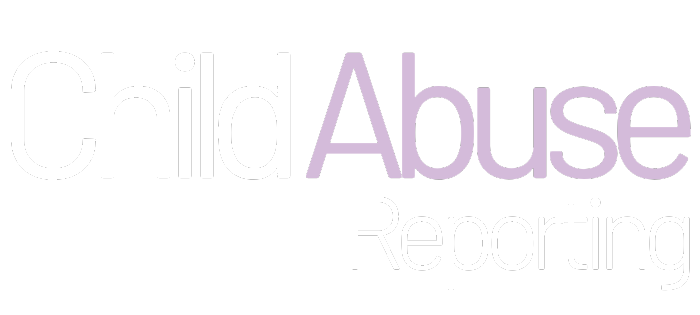Bivona Child Advocacy Center Offers Multi- Disciplinary Approach
When a child has been a victim of sexual abuse or another form of maltreatment, the investigation that follows has the potential to do additional harm. By repeating their story of abuse, the child could be retraumatized.
But at Bivona Child Advocacy Center, an independent non-profit organization in Rochester, a multi-disciplinary approach has changed the model of how the aftermath of child sexual abuse is now addressed.
Founded in 2004, Bivona and its 24 member agencies work together, reducing the risk of re-traumatization and putting the child on the road to recovery. Instead of retelling their experience to multiple people in different locations, the child is brought to Bivona to tell his/her story once, in a forensic interview that is observed and digitally recorded. A forensic interview is a structured conversation administered by a trained professional, designed to collect important details in an investigation.
In addition, the child gets one medical exam, meets with a therapist and connects to a victim advocate, all under one roof. Beyond intervention, the child’s and family’s basic needs are also addressed, by providing clothing, meals and household items.
With a $2 million annual budget funded through a combination of philanthropical donations and government contracts, Bivona oversees approximately 2,000 cases each year, with sexual abuse as its leading concern, followed by physical abuse and the fatalities of children.
Bivona works closely with all school districts and local governments, as child abuse crosses socioeconomic lines. What many people don’t realize is how widespread sexual abuse cases are, with 60-65% coming from the city of Rochester and 35-40% from the surrounding suburban towns and villages.
Executive Director Deb Rosen oversees all operations at Bivona and coordinates with their partners. She said that Bivona’s defining feature is “the convening of the multi-disciplinary team, as it limits a child’s exposure to repeated discussion of the incident.” The 24 member agencies include Child Protective Services (CPS), law enforcement, prosecutors, medical professionals, therapists, victim advocates, social workers and volunteers, as well as the employees of Bivona. All local police department precincts participate, including the Monroe County Sheriff and NY State Police.
While funding is a “perpetual challenge,” Rosen counts the “complex needs of the families that Bivona serves and the shortage of mental health providers in the community” as other serious obstacles that Bivona continually faces.
Team members work together to provide the child and family the support services they need. Referrals for mental health are on the increase, and a six-month follow-up checks for any additional support needs. Only a small number of cases are prosecuted due for a variety of reasons, but in those instances that do go to trial, Bivona provides therapy and advocacy services.
Bivona Educational Programs
Bivona Child Advocacy Center offers the following prevention education programs in Monroe County:
Darkness to Light: A two-hour workshop for adults working with children to promote child safety awareness and advocacy, through a 5-step program. Learn more here.
Child Safety Matters: A K-8 prevention education program that promotes child safety by covering topics from bullying to digital dangers, including sexual abuse, though awareness, tools and coaching. Learn more here.
Definition:
Sexual Abuse
Any behavior which results in touching of the sexual or other intimate parts of a child for the purpose of sexual gratification of the child and/or adult. It includes touching by the child and/or adult without or with clothing. Often, the sexual abuse occurs over time and may not be painful or cause physical injury to the child. The adult gets the child to participate by using rewards, threats, bribes and lying, and takes advantage of the child’s trust. This type of coercion by an adult, whom the child often loves, can result in long term emotional trauma that can last into adulthood.
In-Depth:
How To Ask Questions
Two kinds of questions are recommended when you talk with children about child abuse or neglect. Each has a different purpose. When you are asking a child about something that could be awkward, uncomfortable, embarrassing, shameful, or sensitive, open-ended questions give you the best chance of getting the whole story. When you need specific facts, who, when, and where, closed-ended questions are useful.
Open Ended Questionsamples:
- I notice that you have a bruise. How did it happen?
- Tell me more about that.
- You seem to get angry when I asked you that question. (Pause to allow child to respond.)
Closed Ended Questions
You may need to follow up with closed-ended questions. These are questions that can be answered with a yes or no, or a simple factual response. Closed-ended questions are the “who, what, when, where, why” questions that help you collect specific facts about a situation.
Examples:
In response to open-ended question, child says, “My father hit me.”
- Where did this happen?
- What did he hit you with?
- How often does this happen?
- Why did he hit you?
Exception
If you have information that leads you to suspect that sexual contact has occurred between a parent (or person legally responsible) and a child, you don’t need to ask additional questions. This is because any type of sexual contact between a parent and child is always reportable. Call the Child Abuse Hotline immediately.
View all previous newsletters in the archive.

